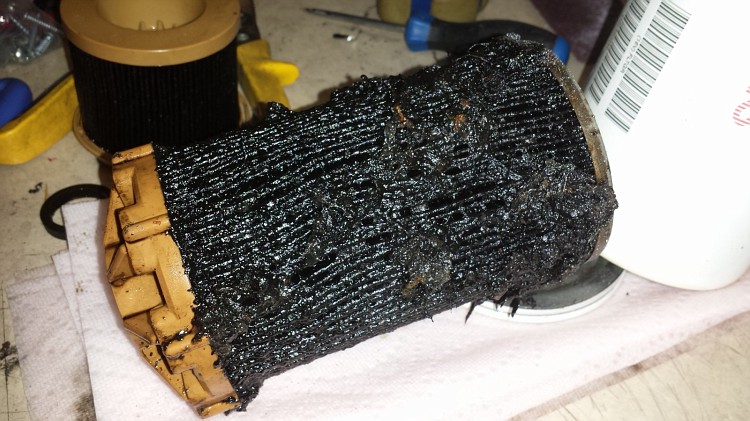sunchaser
Guru
- Joined
- Apr 9, 2008
- Messages
- 10,196
- Location
- usa
- Vessel Name
- sunchaser V
- Vessel Make
- DeFever 48 (sold)
I use NAPA filters on my CAT 3208T/A for fuel and oil. My OEM filters were crossed referenced to NAPA. Have almost 1000 miles on the boat with no issues.
When I was working with heavy equipment we used thousands of NAPA filters on Cat engines and transmissions. With Cat's blessing. In most cases though Cat eventually came around and matched prices.
NAPA filters are made in USA as best I remember.



